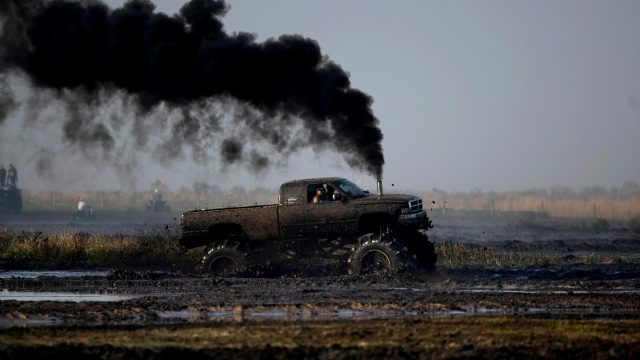 Carbon Monoxide and Nitrogen Dioxide Gas Detectors can be successfully utilized to ensure adequate ventilation in areas where automobile/truck exhaust is present. However, it must be remembered the purpose of these detectors is keeping the space free from these toxins to ensure a healthy environment for people. To that end, proper installation and placement is crucial. Following are a couple of tips for gas detector placement and installation:
Carbon Monoxide and Nitrogen Dioxide Gas Detectors can be successfully utilized to ensure adequate ventilation in areas where automobile/truck exhaust is present. However, it must be remembered the purpose of these detectors is keeping the space free from these toxins to ensure a healthy environment for people. To that end, proper installation and placement is crucial. Following are a couple of tips for gas detector placement and installation:
Coverage Area: Most controllers can effectively monitor an area between 5,000 to 9,000 square feet, with a roof height of 13′, if mounted in a location that provides 360 degree coverage. If mounted on a wall, the coverage area is reduced to half that area, 2,500 to 4,500 square feet. For ceiling heights above 13′ it also a good rule of thumb to reduce the coverage area by half.
Mounting Height: Since these units are designed to benefit the health of people in a given area, the mounting height should be roughly at the height from which people breath, five to six feet above the floor.
Environmental Concerns: These controllers are designed to monitor average CO and NO2 gasses in a space, however, they will not work well if they are subjected to heavy undiluted concentrations such as direct vehicle exhaust or areas subject to large volumes of airflow, such as HVAC discharge, as these areas may have higher concentrations of gasses.
Keep the sensors away from open containers of chemicals such as cleaning solvents, kerosene, or gasoline, and/or paint fumes.
Do not mount sensors in areas where they may be subject to moisture or water.
It is always important to get a good return on investment, especially in building systems. In the case of environmental gas detectors that means that the owner/installer keep in mind the rationale behind this equipment is more than local code or requirement, but the health and well-being of people exposed to the conditions in the space. Correct installation is crucial to this.
For more information on utilizing, servicing, and/or installing gas detectors, feel free to give us a call.
Source for the above information: Gas Detector White Paper, T-101; Brasch Manufacturing, June, 2005
